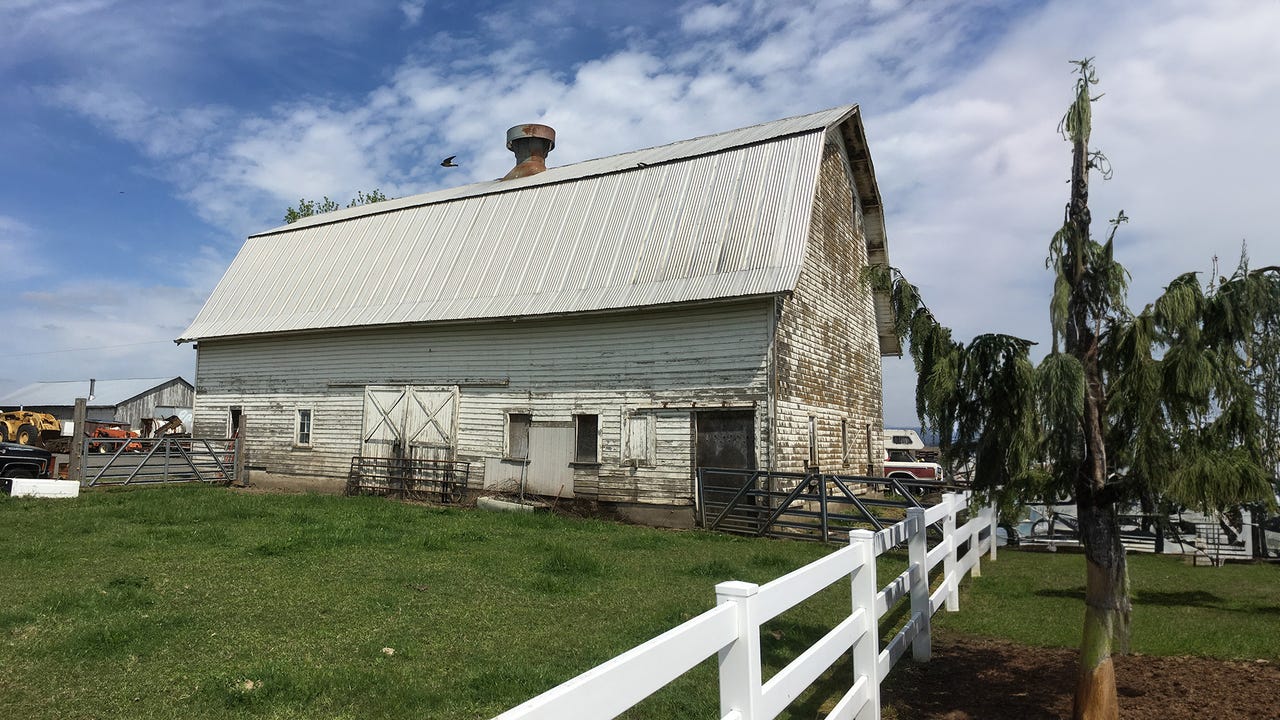
































If I hadn't told you that the right side of the image was generated by an AI, you probably wouldn't have known.
David Gewirtz/Using its Firefly AI technology, Adobe today announced a new Photoshop feature:Generative Expandwill allow users to expand images beyond their original bounds, and fill in what's missing.
But...wait?! Photoshop already does that with Generative Fill, doesn't it?
Also: Adobe's customer experience offerings are getting a generative AI upgrade
In the company's press release, they say that 900 million images have been generated withGenerative Fill-- and the feature is still in beta. I'll bet that nearly every user has tried expanding the canvas using Generative Fill. So what's so special about Generative Expand?
Also: How to use Photoshop's Generative Fill AI tool to easily transform your boring photos
To answer that, let's make sure we're all on the same page by first discussing two powerful Photoshop fill commands.
Content-aware fill is a feature that's been around since about 2010. While it uses some intelligence and has definitely improved year over year in terms of quality, it's not using a generative AI engine to do its work.
Also: These 3 AI tools made my two-minute how-to video way more fun and engaging
Where it excels, and where I've used it extensively, is getting extensions of a textured surface to look pretty good. Take a look at this first image.
Filling the concrete and asphalt, as well as the green muck line in-between, into the white area is a lot of work using other Photoshop tools, like the rubber stamp tool. But by selecting the white area and choosing Content-Aware Fill, you get this:
You can see where the two images join, it's not quite perfect. But it gets the job done enough that a bit of retouching is all it takes to make the fill look good. Five minutes instead of an hour.
Content-Aware Fill, ironically enough, isn't really aware of its content. Oh, it knows that there are bit patterns it wants to reflect, but it has no idea that you're looking at concrete and asphalt.
Take this next example.
Here, we have a nice Oregon barn with a fence and a tree branch. Using Content-Aware Fill, we get this:
It doesn't know that the ground is the ground, the fence is the fence, or the sky is the sky. What it sees are green pixel textures, some white pixel textures, and some bluish pixel textures. As such, you wind up with the grass making it all the way up into the sky.
Content-Aware Fill lets you erase areas of the image where you don't want it to consider pixels, so for the above, I erased the barn. If you just select the white rectangle and don't erase the barn, Content-Aware Fill shows its complete lack of awareness for the content of the image:
Generative Fill, which is still in beta for Photoshop, is in a completely different league. Here's how Generative Fill handled filling in the white area:
Notice how the ground is on the ground. The fence extends to the right of the tree and then behind the tree. The tree casts a shadow, including on the fence. There's even another fenced-in area behind the tree that looks as if it could well be part of the scene.
Yes, the tree is a little anemic, but that can be fixed with more generative fills near the branches. And yes, the main trunk of the tree has a little green in it, but that's a pretty simple retouch.
Perfect, it's not. But if I hadn't told you that the right side of the image was generated by an AI, you probably wouldn't have known.
Almost everyone who has experimented with Generative Fill has done this. Take a base image, increase the canvas size, and then select the white space. Like this:
The red dashes are there so that you can more easily see the area selected.
Then, once there's a selection, all you need to do is click the Generative Fill button. What was once white is filled in with the rest of the scene:
The results are amazing. You can see how it added trees, extended shadows, and even put a building in the background where it makes sense to have a building. All the additions are aware of the direction of the sun, and the shadow generation is spot on.
The newly announced Generative Expand does exactly what I just showed you with Generative Fill, but does it using a different tool and a slightly streamlined workflow.
My method took three steps, three tools, a bunch of clicks, and some typing.
Also: The best AI art generators: DALL-E 2 and other fun alternatives to try
 Etiquetas calientes:
Inteligencia Artificial
innovación
Etiquetas calientes:
Inteligencia Artificial
innovación